2025 NSAA Industry Impact Award: Chris Cushing Artfully Engineered a Modern Resort Industry
BY Tom Kelly
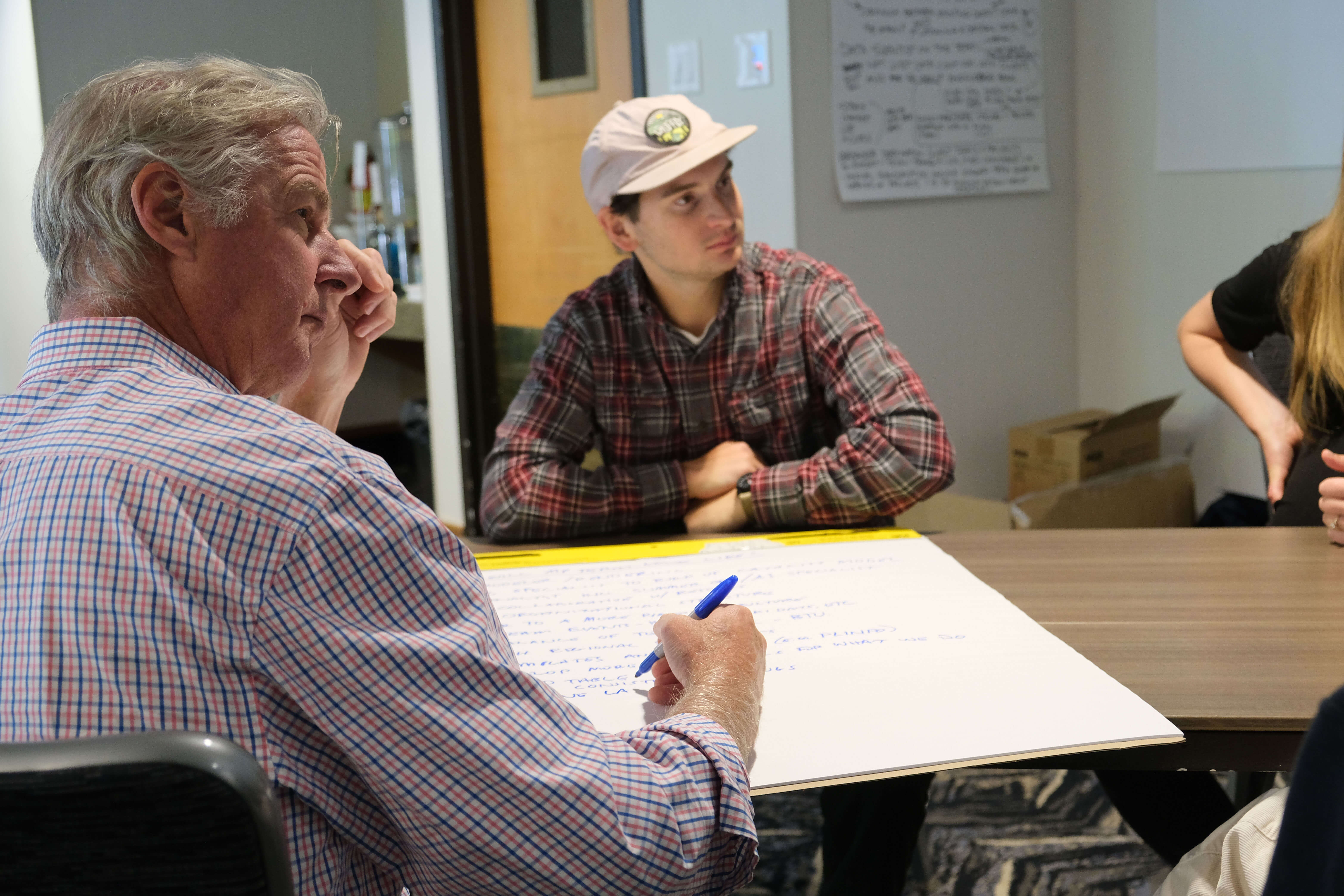
It’s a bluebird morning as Chris Cushing takes a break from a ski day inside Cushing’s Cabin, named in honor of his father, Joe, who helped build Utah’s Deer Valley Resort nearly a half-century ago. Like father, like son. Today, Chris himself is deeply engaged in the Deer Valley East Village expansion, reminiscing a lot on the impacts he and his father have had on resorts around the world.
Cushing is celebrating his 40th year at the SE Group (founded as Sno.engineering in 1958), the company his father led in the 1960s. Many consider father Joe an originator of modern mountain planning. Meanwhile, son Chris has been riding the evolutionary wave of the industry over the past 40 years through dramatic change and modernization. He still loves what he does and is most at home hiking or skiing through the woods, imagining the possibilities.
In his career, Cushing’s magic has touched resorts on five continents. He has assessed, planned, and likely designed more lifts and ski trails than anyone in the world — at more than 200 different ski areas! Widely recognized in this industry, he’s been the man behind the curtain for design awards that Deer Valley, Steamboat and other world-renowned resorts have won.
A Walk in the Woods
Growing up in northern New Hampshire, Cushing was on skis at three, building a love for the sport and racing at nearby Cannon Mountain. Summers were spent hiking Franconia Notch and Mount Washington while camping in the White Mountains.
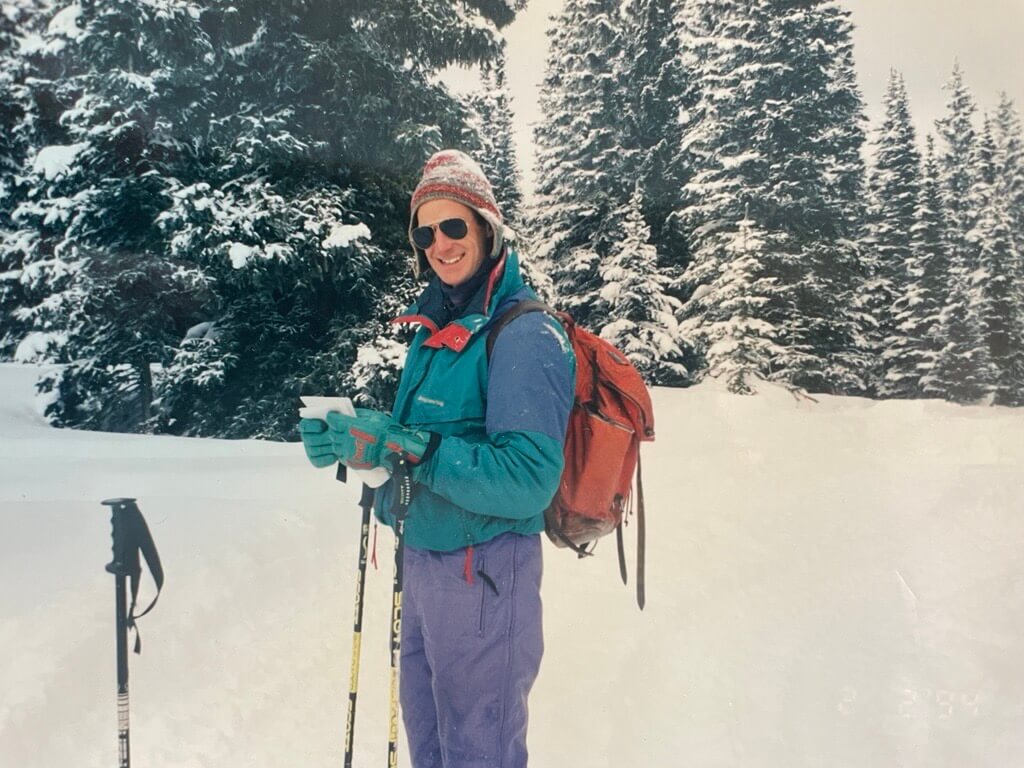
The Sno.engineering office in Franconia was a favorite haunt as a child. By age five, Cushing was running around the office and looking over shoulders. He hung out with the sons of Jim Branch, Sno.engineering president. The boys would often stop in to pore over maps. As he grew older, Cushing joined his father at resorts, walking mountainsides and helping him lay out ski trails. Joe, now 94, recalls a ski area planning trip down to Massachusetts.
“Chris said, ‘Can I come along?’” said Joe. “He certainly showed indication that he knew where he was when he got into the woods.”
It was much the same way Joe broke into the industry. He was working on Sel Hannah’s farm when one day Hannah, Sno.engineering founder, brought Joe along on a ski area trip.
“He told me, ‘Just walk through the woods and tell me what you see,’” recalled Joe. “When I got out, I told him what I thought. So he gave me a shot doing map work. And all of a sudden, I was working for Sno.engineering.”
That experience was what piqued his son’s interest in the whole field.
“Going into college, I asked him, ‘What should I study to be a ski area planner?’ And he said, ‘Get a civil engineering degree.’ So that’s what I did,” said Cushing. Degree from the University of Vermont in hand, his first break came from snowmaking engineer Scott Barthold at Sno.engineering. “My dad called and said, ‘Hey, we’ve got an opening for a junior engineer. Are you interested?’ I said, ‘Absolutely!’”
In July 1985, Cushing followed in his father’s footsteps, joining him at Sno.engineering during a time of evolution for snowmaking.
“Snowmaking technology was on the cusp of exploding,” recalled Barthold. “It was pedal to the metal time. Before then, in unglorified terms, they’d been big plumbing systems. But all of a sudden, they became a lot, lot higher tech.”
Cushing would make the one-hour drive each day from Franconia to Lyme, shaving time like any good ski racer in his VW GTI, then working all day in a damp basement office. Under Barthold’s tutelage, Cushing was learning the ropes — doing pipe sizing, pump selection and building research studies on how to get from point A to B. Two years later, an opportunity arose to move more into mountain planning. Cushing seized the moment, giving up his basement office to put boots on mountain trails.
“The first ski trail I ever designed and laid out on the ground was the Two Miles Home trail at Bretton Woods,” he recalled. “It was my first soup-to-nuts ski area design.”
Plotting His Own Trails
This shift came at a time when mountain systems were evolving with rapid advances in uphill efficiency from detachable lift technology. When the world’s first high-speed, detachable quad was installed at Breckenridge in the early 1980s, it set off a flurry of activity over the next decade with Cushing dropping in at an opportune time.
The advent of faster, higher-capacity lifts brought a new need at resorts to achieve a more balanced network on the mountain. Cushing’s workload quickly grew around New England. But in the late ’80s, business picked up in Japan.
“From about 1988 until 1997, about half of my work was in Japan, which was really interesting and a lot of fun,” said Cushing, who found it fascinating that earlier Japanese resort development used separate, single-seat chairlifts for each ski run before eventually replacing them with quads. “Of course, that’s great — it got rid of the lift lines. But then the ski runs were very crowded. So a big part of our work was looking for additional terrain and introducing the whole notion of balancing uphill lift capacity with downhill terrain capacity.”
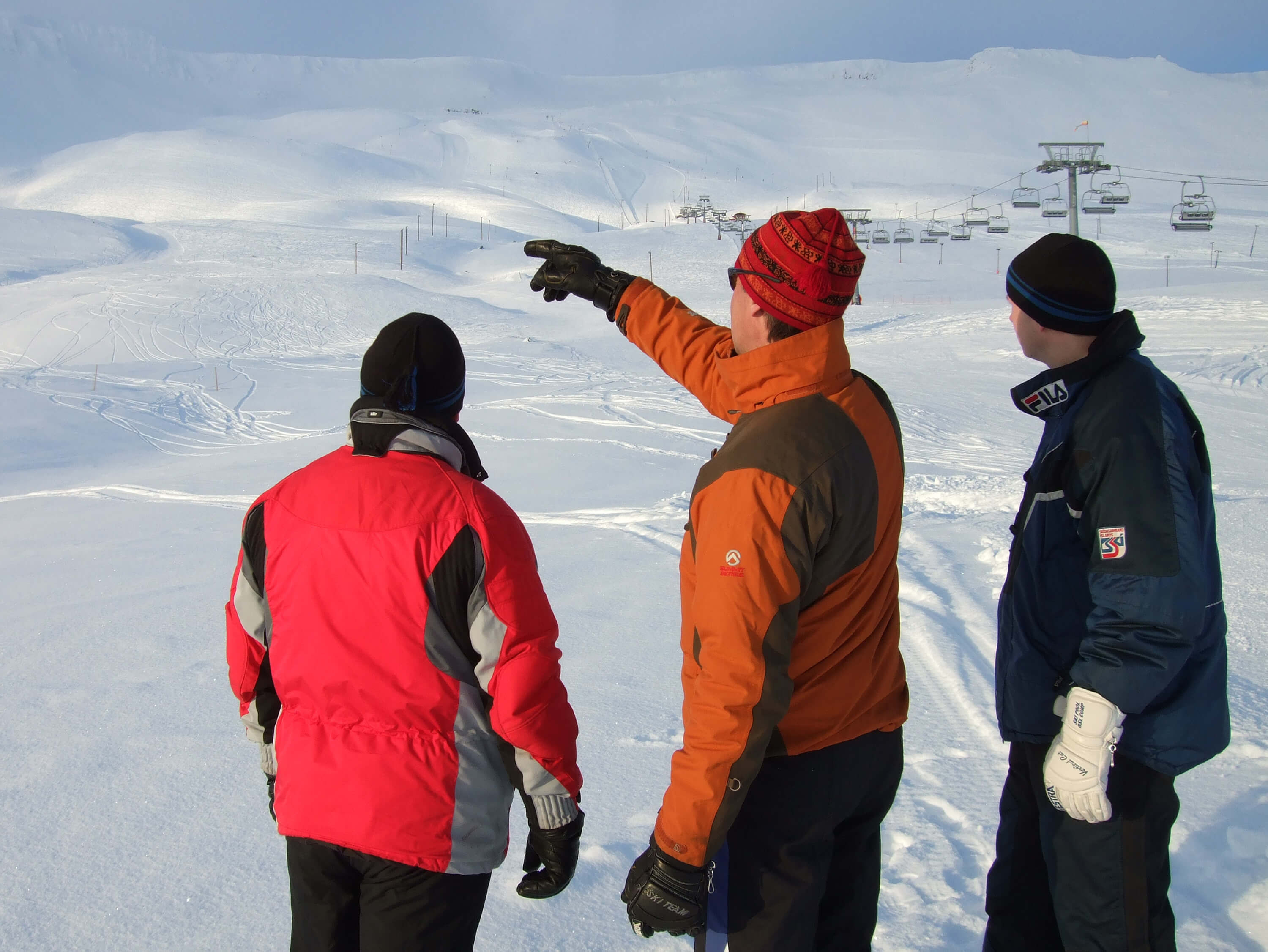
Among his many Japanese projects were resorts in Shiga Kogen and Iizuna Kogen, near Nagano, which were both used in the 1998 Olympics. He also did work for Rusutsu, a Hokkaido resort near Sapporo, at a time when its owner, Kamori Kanko Ltd., also owned Steamboat and Heavenly. Years later, Cushing made a return visit on a personal ski trip to ski Rusutsu.
“They had built out the plan that we had done, but I hadn’t been back,” said Cushing. “It was really fun, people loved it. The thing that really struck me is that it didn’t feel like an expansion; it was very much a natural extension to the resort.”
It was an exhilarating period in the resort planning industry. Ski areas were starting to adopt detachable lifts, and stateside, Cushing got involved on projects at Whitetail, Pa., Deer Valley, and Jackson Hole, Wyo.
“Most of the resorts were expanding their footprint within the resort, adding new terrain, expanding lifts,” he said. “There was also a transition into summer grooming that smoothed out the trails. It was all part of a kind of expansion of ski area capacity back in those days, making the terrain capable of supporting more skiers per acre.”
The demand from resorts came with a need for planning, permitting and market studies. There was a desire for greater efficiency in lifts, with longer detachables often replacing two smaller legacy lifts. Grooming was becoming more efficient. And the demand from skiers for a higher level of quality all around was growing with it.
“Resorts were looking for ways to increase the revenue stream,” he said. “And that came in the form of a higher-quality product for which they can charge more — better restaurants, better food. And working with their ski schools, creating beginner terrain that was [friendlier]. It wasn’t so much expansion for the sake of expansion, but things that improved the quality of the resort and the quality of the experience.”
From the White Mountains to the Rockies
As the demand increased for resort planning services, Sno.engineering made a decision to open an office in Colorado in 1993. Cushing’s hand shot up again, and he moved his family to the Rocky Mountains, opening up dramatic new opportunities for him in the western U.S. and Canada.
Nine years later, he moved further west to Salt Lake City, a year after the company changed its name to SE Group to better reflect its broader outdoor recreation focus and expanded service offerings. Once again, his new location brought on new resort development work at places like Tamarack in Idaho, as well as expansions at Steamboat and Aspen, Colo., and others. Revelstoke, British Columbia, was a particularly unique challenge.
“It is such a huge mountain that’s somewhat remote, and because of its remoteness, skier visitation was going to be limited,” said Cushing. “So, how do you lift-serve a mountain that big with as few lifts as possible?”
Today, five lifts serve 3,121 acres and the most vert in North America, at 5,600 vertical feet. While the parity between the evolution of the ski industry and that of his career is striking, Cushing also stays grounded in what has stayed the same.
“The type of terrain that people like generally hasn't changed,” he said. “The gradients and type of runs that are good for beginners or intermediate skiers haven’t changed. But the expert category has changed quite a bit. With backcountry and off-piste, expert skiers want to have places they can hike to. But the basic criteria people like my dad, Ted Farwell and Sel Hannah established, it hasn’t changed.”
Mountain Transformations
Major resort makeovers adjusting to innovations and 21st-century market demand brought in myriad new components that needed to function symbiotically. Cushing has a long history working with Steamboat, dating back to his relationship with the late Chris Diamond. His work on Steamboat’s Full Steam Ahead initiative was transformative not only for the ski area but its physical connection to the community surrounding it.
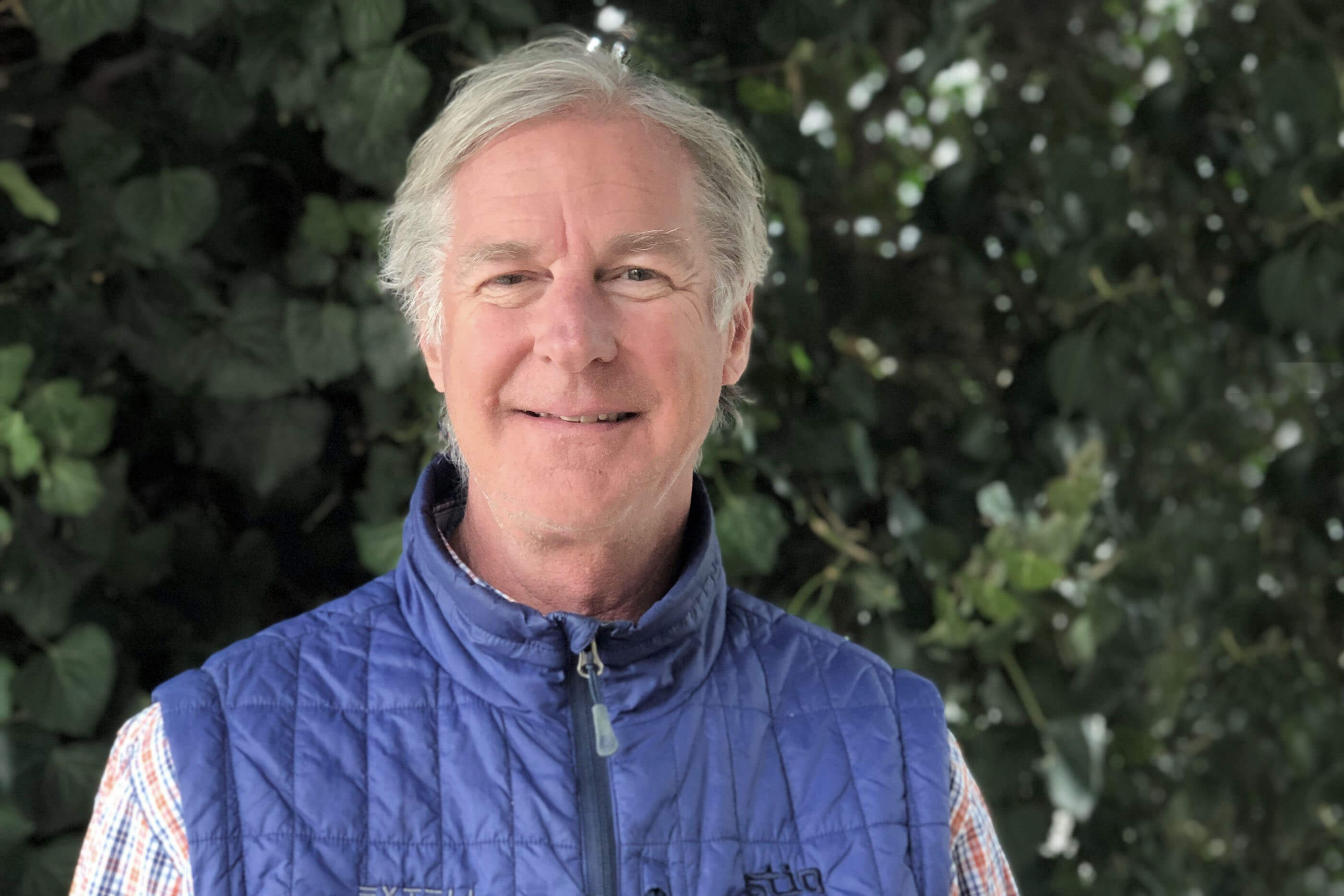
“It starts with the big idea,” said Rob Perlman, executive vice president, regional operations for Alterra Mountain Company. “Chris has been a part of that ‘What could we do? How about this? Let’s see if we can sketch that out and work together to figure it out,’ which is exactly what we did, transforming the layout of our mountain.”
That big idea was a $200-million makeover that reimagined Steamboat’s entire base area, creating a new learning center in Greenhorn Ranch, building the 10-passenger Wild Blue gondola to connect the base to the learning center to the top of the mountain, and opening an expansive expert-terrain area, Mahogany Ridge.
“Chris has been involved with Steamboat since long before we even contemplated the latest transformation, Full Steam Ahead,” added Perlman. “His understanding of the mountain and his experience of balancing our vision to create spaces and amenities and terrain served us as we designed the major transformation of our mountain resort.”
The primary challenge with the project for Cushing was that Steamboat had only one prime portal to move guests out of the base. The new Wild Blue gondola, however, “totally changed the complexion of the mountain,” said Cushing. “Same with the Greenhorn Ranch beginner’s area; it’s just completely changed the way the resort functions.”
A couple hours southeast of Steamboat, Colorado’s Arapahoe Basin has a reputation for its laid-back, locals atmosphere and some of the best wild mountain skiing in the Rockies. Over the past three decades, Cushing has been at the forefront with the A-Basin team exploring new boundaries in the high alpine terrain.
In 2008, a major expansion opened new backside terrain in Montezuma Bowl. Since then, every lift on the mountain has been upgraded with a fleet of Leitner-Pomas. The addition of The Beavers in the 2017–18 season opened up some challenging intermediate runs off the ridgeline, with glades in every direction down to the lift. At the same time, The Steep Gullies provided adventurous, double-black, hike-out terrain for experts. In 2022, the Lenawee Express, high-speed six-pack was transformative in serving the core of the mountain.
“Chris has such an unbelievable wealth of knowledge,” said Alan Henceroth, Arapahoe Basin COO. “And he shares it in such a thoughtful way. He really doesn't tell you what to do, but he helps you figure out what you want to do by asking all the right questions. There were a lot of big decisions and discussions about what we were going to do. Chris was in the center of all those, and his advice was just extraordinarily valuable for us.”
Cushing’s work at Arapahoe Basin has spanned multiple owners. When he looks at his efforts there, his lens goes beyond the physical improvements.
“Arapahoe Basin has a vibe,” he said. “There’s a lot of history. It’s an intimate size. It’s obviously great terrain. The people who work there share the same values and passion for the area. But Alan has totally been responsible for keeping that vibe.”
Deer Valley: A Cushing Family Tradition
In a career spanning four decades, picking favorite projects is tough. That said, Cushing named Deer Valley East Village as his most fulfilling project in terms of seeing it from the very beginning.
“I rode the first lift with Ted Ligety,” he said. “I’m riding up that lift, and it was like, oh my God, this is so freaking cool!”
Nearly a half-century after Joe hiked the old mining trails of Summit and Wasatch Counties, Chris is taking his family heritage and extending it, according to Kurt Krieg, Extell Development executive vice president of development, who oversaw the project.
“Chris takes great pride in this and has had more passion than I’ve ever seen,” said Krieg. “What he really brings to the table is that he was given a blank canvas, and he was able to work through a variety of different elements for Deer Valley, Alterra, and the other land partners to make it seamless and one holistic resort.”
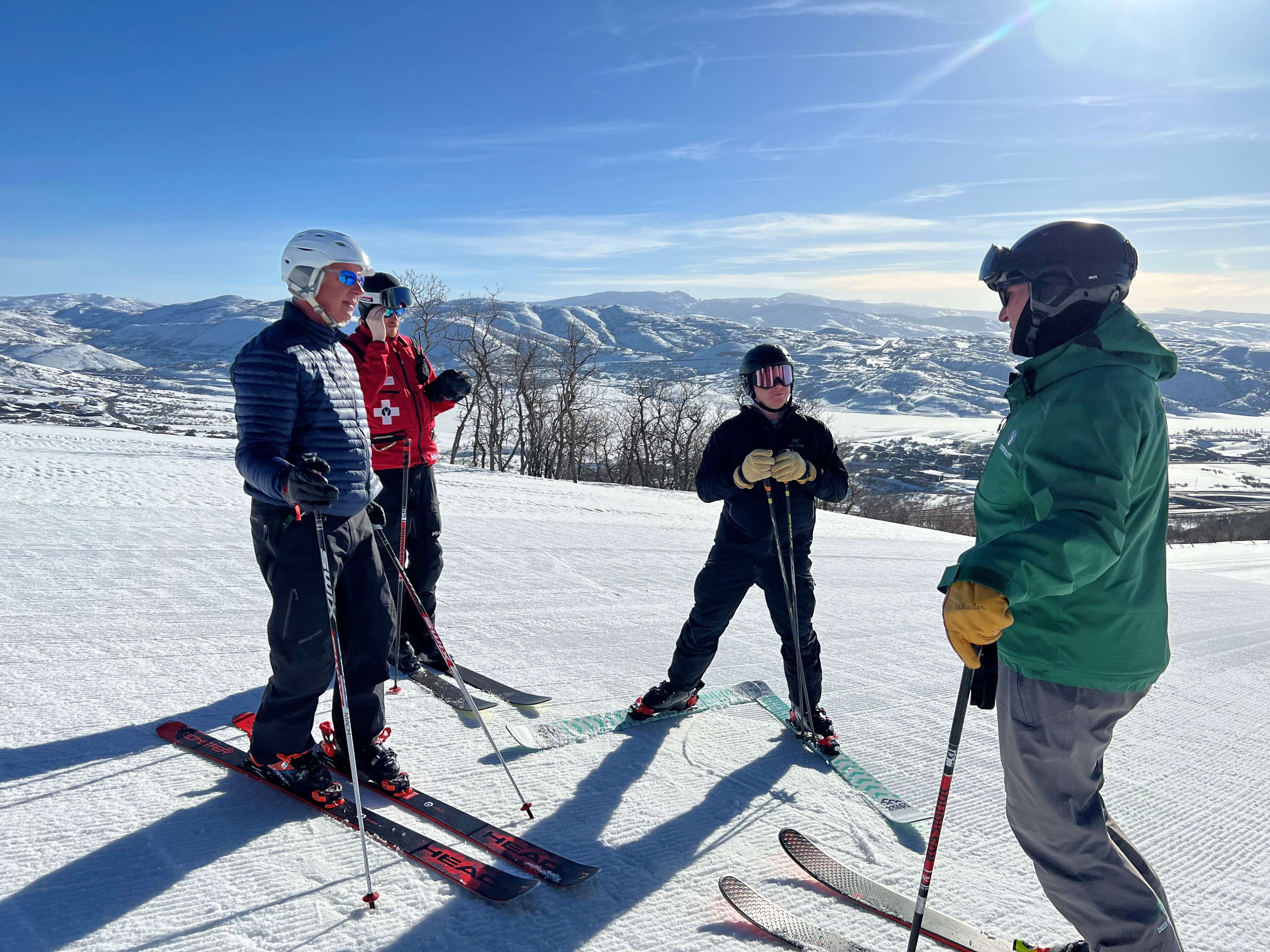
Krieg cited Cushing’s ability to tie together both public and private trails, and how lifts were placed to minimize impact to adjoining real estate development. He walked and flagged every run and lift line himself, fine-tuning trails from map drawings to reality, looking at the location of fan guns and stick guns, thoughtfully placing bridges for traffic, and backing to private development.
“Deer Valley was my dad’s pride and joy,” said Cushing, who revealed that the original master plan his father developed in the 1970s actually had lifts going down to what’s now East Village. “Deer Valley didn’t control that land then, so it was really just kind of a ski connection to a potential portal. But it’s also part of the whole legacy of Deer Valley.”
Today, Joe couldn’t be more proud of his son’s accomplishments. He gets especially emotional when it comes to Deer Valley and the family connection to that legacy.
“The whole idea of my retiring and then having my son continue in one of the best ski areas in the country or the world, I can't tell you how exciting it is,” Joe said.
Artist & Educator
If there were a university of ski area planning, Chris Cushing would be its dean. A common thread for those who worked with him was his library of knowledge, his network of resources and his passion for sharing it all with others.
“To watch Chris at work in the field is to fully understand his mastery,” said Claire Humber, a 30-year SE Group veteran herself, now director of resort planning. “It’s equal parts artist, analyst, technician, facilitator and consensus builder. Chris can read a mountain, quickly assessing issues, overcoming challenges and unlocking the full potential of its terrain. And he does so without ego or arrogance. It’s impossible not to like this guy.”
Having walked thousands of lift lines, explored hundreds of pumphouses and spent tens of thousands of hours reading maps, Cushing has developed a remarkable knack for finding solutions others just miss.
“As SE Groupers, we’re like a mental knowledge clearinghouse. Cush embodies that more than anybody in the firm,” said Kent Sharp, SE Group president and CEO, who appreciates Cushing’s innate ability to bring in both a depth of experience and a fresh perspective. “He can walk into a situation where the local folks are looking at a lift line, talking about putting the lift here, but it didn’t work, putting it there, and that didn’t work. He’ll come in and just say, ‘What about putting it there?’ And they’re like, ‘Oh my God, we never even thought of that — that would be perfect.’”
With no degree programs in ski resort planning, Cushing has been one of the industry’s biggest educators and mentors, added Sharp. He counted a few days working alongside Cushing, laying out trails, among the most fun times of his career.
“He’s the grand master!” Sharp said. “And it is hard work — beating through the woods, through brush, or a nice walk among giant sequoias and sugar pines. It’s so cool to work alongside him and see him paint his picture on the mountain where his medium is the survey tape.”
Whatever We All Did … It Worked
Likewise, Tim Beck, who headed Sno.engineering when Cushing began, also spoke to the importance of the Cushings’ knowledge share in lieu of a formal mountain planning education.
“The school of Joe Cushing, the genius of Joe Cushing and Chris were a good combination. The fact that Chris was an engineer and the fact that he has a creative mind — put those two together, along with a lot of humility, makes a pretty special person,” said Beck. “Joe just loved the fact that Chris not only loved being in the mountains, but he understood that Chris had that same kind of genetic makeup that allowed him to be one of the foremost planners in the world.”
Reflecting back on his 40 years, what really stands out for Cushing is the camaraderie of the resort industry.
“For those of us who have been in the business this long, that's why — it’s the people we work with,” he said. “They're interested, and they listen, and they're collaborative. You go out and have beers together. You know, that's what has made this career so fun!”
No one sets out to win awards. Still, “NSAA has been a big part of my life,” Cushing continued. “To be honored with this award from the people with whom I’ve shared my career, it’s the ultimate confirmation that whatever we all did, it worked!”